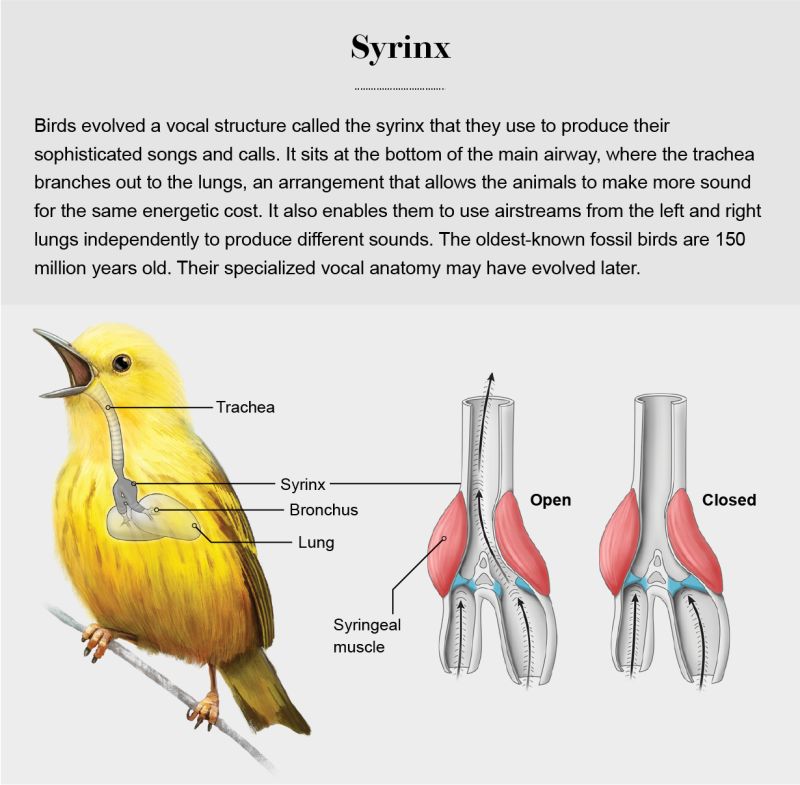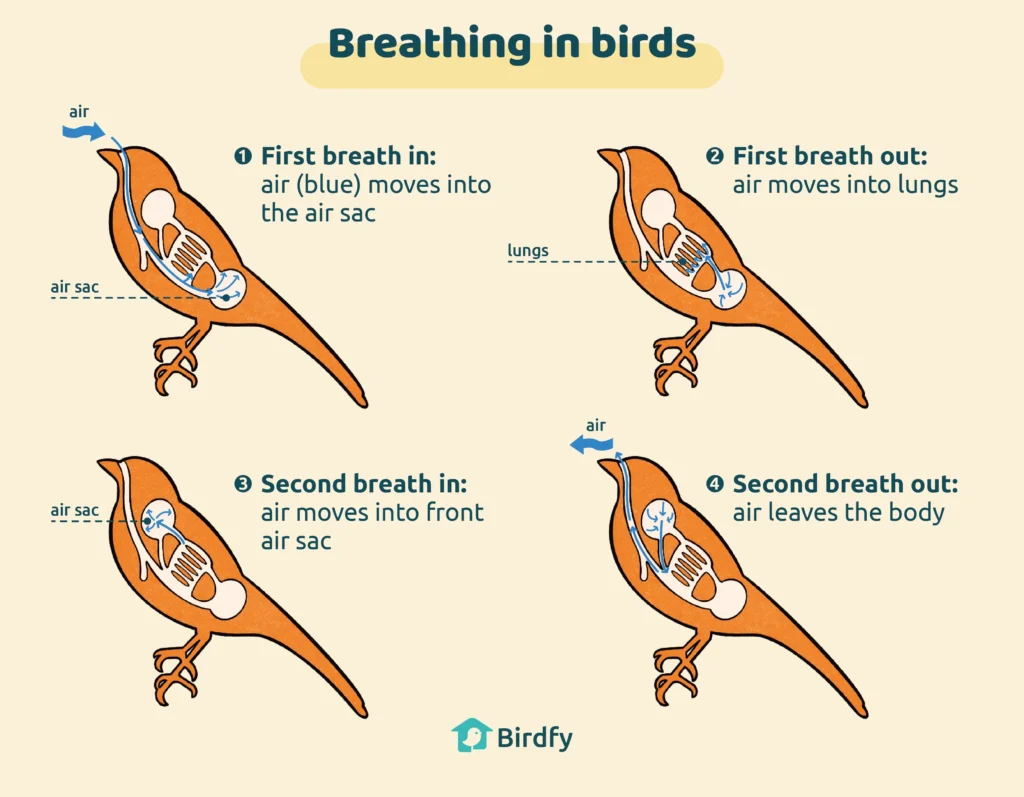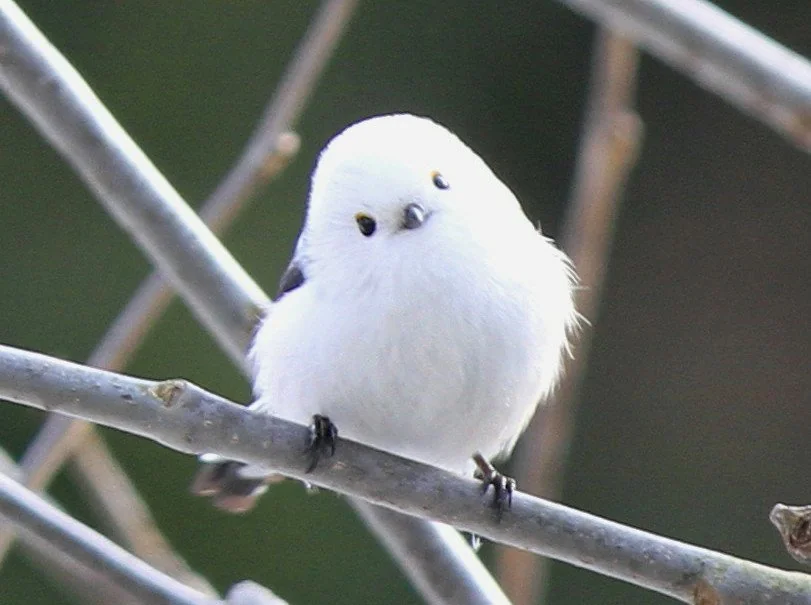Do Birds Have Vocal Cords?
There are questions that arise at unexpected moments, almost outside the realm of everyday life, but that open unexpected windows onto fascinating worlds. It happened to me on the highway, while traveling with a couple of friends along rural roads, and the song of a bird, floating in the air like an invisible caress, completely captured my attention.
Without thinking twice, I posed the question to the car:
This might sound like a silly question, but… do birds have vocal cords?
My friends confidently answered yes. But something about their reply didn’t sit right with me. That sound, that pure melodic thread drifting through the air, felt too unique—too complex—for such a simple explanation.
So, I followed the trail of curiosity.
What I discovered not only contradicted their answer—it revealed one of the most beautiful biological mechanisms I’ve ever learned about.
So, do birds have vocal cords?
To my surprise, birds do not have vocal cords.
Instead, they produce sound through a specialized organ called the syrinx, located at the base of the trachea where it splits into the lungs. Unlike our larynx, which is a single passage, the syrinx branches into two separate tubes—like an upside-down “Y.”
Near the split, air passes over membranes and cartilage that vibrate to create sound. But here’s what makes it astonishing: each side of the syrinx can operate independently, meaning some birds can produce two notes at once—effectively harmonizing with themselves.
Yes, you read that right:
Some birds sing in duet with themselves.
And the magic doesn’t stop there. Birds have one of the most sophisticated respiratory systems in the animal kingdom. Unlike humans, whose breathing flows in and out, birds use a unidirectional airflow system, keeping fresh oxygen moving continuously through their lungs. This enables them to fly at high altitudes—and sing with incredible precision.
The syrinx didn’t appear by accident. It’s the result of millions of years of evolutionary refinement—a perfect instrument shaped by natural selection to serve many purposes: attracting mates, defending territory, warning of predators… or simply filling the air with beauty.
Consider this: while humans built flutes and violins, nature crafted a voicebox so precise that it can produce trills, whistles, and full-on operatic melodies from creatures that can be smaller than your hand.
That’s not just biology. That’s poetry.
These diagrams show it more detailed


You can see it in action in this awesome video by EXPLANATION-AVENUE – 3D Animations by Oliver Ende
Since learning this, I’ve never listened to birds the same way.
Now, every note I hear in the early morning carries with it the weight of awe—not just because it sounds beautiful, but because I understand the complexity behind it. The syrinx is a reminder that evolution doesn’t just create survival—it creates music.
And the best part? These miracles are all around us. On the sidewalk. In the trees. In the soft gold of sunrise.
All you have to do is stop, look up, and listen.
First Image by Peter Shimon: https://www.linkedin.com/posts/petershimon_the-vocal-organ-of-birds-the-syrinx-represents-activity-7200903779267846146-uv74
Second Image and some more awesome information by Birdfy: https://www.birdfy.com/blogs/blogs/how-do-birds-breathe-and-the-efficient-respiratory-system-of-birds
3D animation by Oliver Ende: https://www.youtube.com/@OliverEnde
Other posts: https://thehearthnook.com
